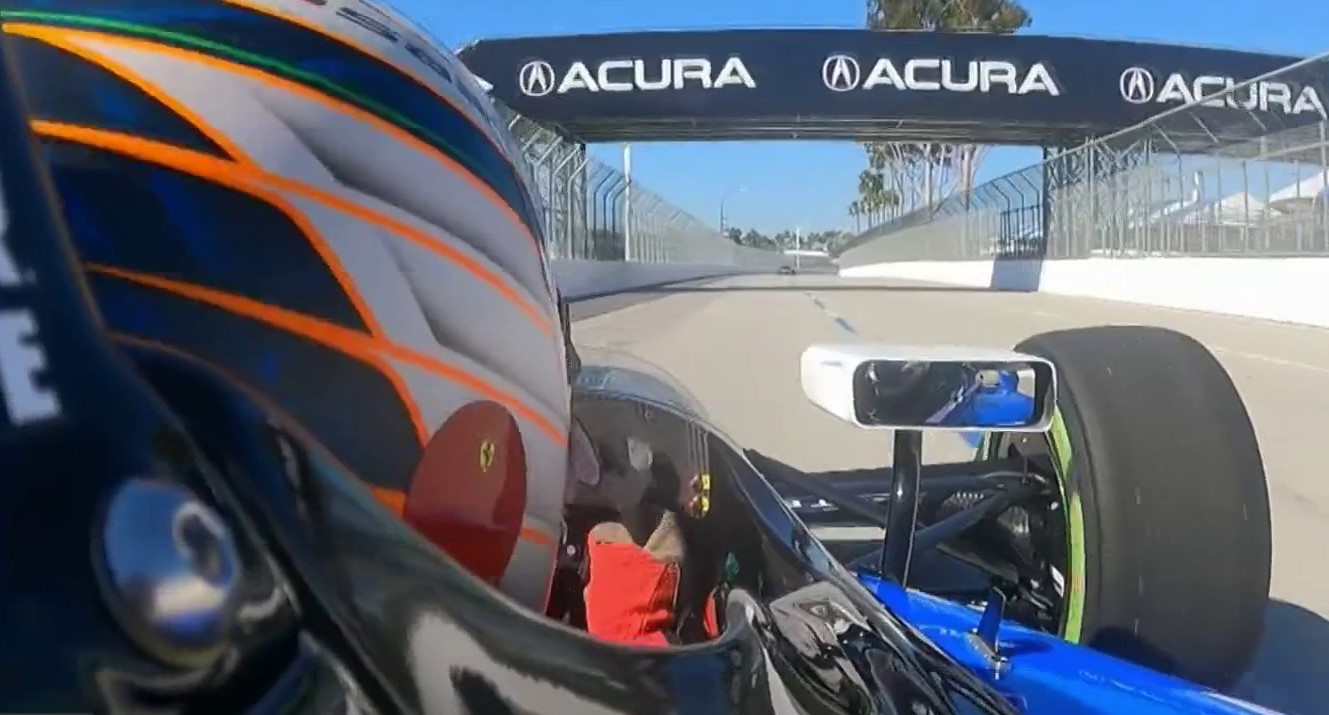Southern California Edison has warned customers in parts of Southern California about unprecedented proactive power shutoffs in high-risk fire areas.
The alert comes as the first significant Santa Ana winds of the season raise the threat of wildfire danger Thursday and Friday. The utility, which covers portions of Southern California, said about 173,00 customers from nine counties are in zones that might face power interruptions.
Here's what to know.
Why Shut Off Power?
Most of the deadly California fires over the past several decades, including the fire that destroyed the town of Paradise in Northern California, have been the result of power lines in high-wind situations.
Add in Southern California's infamous Santa Ana winds, and you have extermely volatile conditions. Santa Ana winds, which can fan flames sparked by downed power lines, are expected to pick up Thursday during one of the worst times of the year for wildfires.
The winds will develop by early Thursday and continue through Saturday, raising the fire risk across Ventura and Los Angeles counties.
"It's strong around 9 a.m. (Thursday), and that's when we could see 50 mph wind gusts, some isolated 60 mph wind in those highest peaks," said NBC4 forecaster Shanna Mendiola. "We still have a red flag warning. We're going to see this Thursday morning through Friday evening. That, in combination with some dry air and dry fuel on the ground, is going to raise that fire threat for us."
Where Are the Possible Outage Areas?
For a detailed listing of all areas affected and maps to check if you may face a proactive shutoff, visit SCE's Public Safety Power Shutoff page.
How Proactive Power Outages Work
Meteorologists and other SoCal Edison staff members use high-resolution weather data maps and other tools to monitor extreme fire weather. SoCal Edison also uses weather stations, historical data and fire monitoring cameras to determine fire potential.
If conditions warrant, the utility will shut off power in high-risk areas. Customers can receive notifications about outages in their area through emails, text or phone calls. The utility will alert first responders, local governments and customers of power shutoff.
Here are some of the factors the utility considers before declaring an outage.
- High winds, including red flag warnings
- Low humidity
- Dry vegetation that provide fire fuel
- On-the-ground observations
- Fire threat to electric infrastructure
- Public safety risk
An initial notification is sent out about two days before a possible shutoff to warn customers. A second notification will be sent a day before, then notifications are sent when power is shut off and when it's restored. Restoration is based on when weather conditions are deemed safe.
News
Top news of the day
Customers can view this map to see whether they're in a high-risk area.
Why Are Santa Ana Winds So Dangerous?
The fire-whipping winds are produced by surface high pressure over the Great Basin squeezing air down through canyons and passes in Southern California's mountain ranges. They're common in the fall and have a long history of fanning destructive wildfires in the region.
Fall is historically the worst time of the year for damaging wildfires in California. Seven of the state's 10-most destructive wildfires have occurred in October and November.
So far this year, Southern California has not seen the large fires that devastated parts of the state last year, largely due to above-average soil moisture and an active monsoon season that followed a winter of steady rain.
Through September, CALFIRE reported 4,460 wildfires that burned about 40,400 acres. Last year at that time, the agency reported 4,800 fires that burned a staggering 627,600 acres.
California's five-year average for that time period is 324,600 acres.



